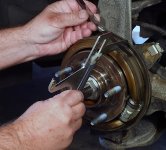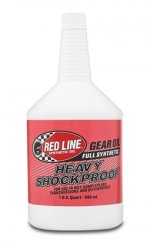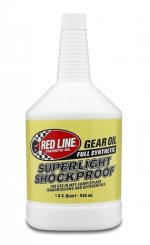Paul T
Well-known member
Careful going home in the cold. I will give you a call later on to discuss the Katech options available. I spent three years working across the street from the AF museum. It is a terrific display of aircraft. That engine looks killer in the photos.


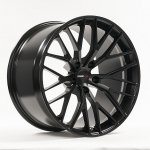

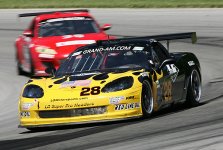
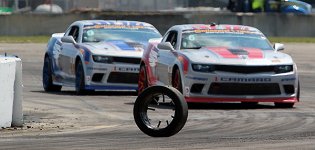
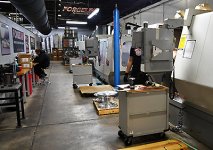
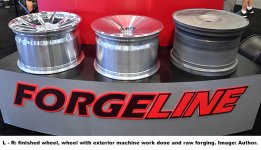
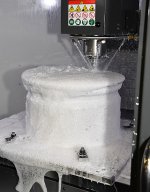


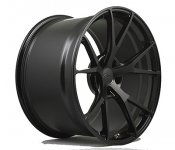

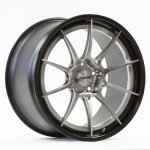
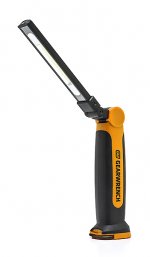
 ad Once I had the car back in my shop, I decided to check the modules which run my
ad Once I had the car back in my shop, I decided to check the modules which run my 